Pilates is not only an exercise method, it’s a language!
 There are days when I’m teaching a new client, I say something and they just look at me as if I were speaking a different language. And then I realize…I am speaking a different language. As a Pilates instructor, the language and phrases I use to describe movement and to get people to do and feel what I want in their body, are not typical phrases you hear in day to day conversation. If you are new to the Pilates language I thought I would create a list of some of the most common types of phrases I use and explain them in normal English!
There are days when I’m teaching a new client, I say something and they just look at me as if I were speaking a different language. And then I realize…I am speaking a different language. As a Pilates instructor, the language and phrases I use to describe movement and to get people to do and feel what I want in their body, are not typical phrases you hear in day to day conversation. If you are new to the Pilates language I thought I would create a list of some of the most common types of phrases I use and explain them in normal English!
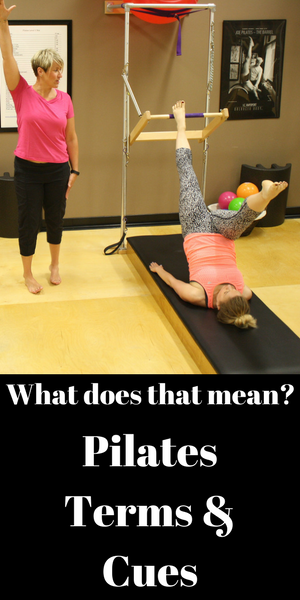 Articulate
Articulate
Pilates is very spine focused and we often are trying to “articulate through our spine”. What does this mean? Instead of just landing on the mat in one big chunk, you are going to slowly roll down bending through your spine and between each vertabrae in your spine.
Belly to Spine
This cue is often used to remind a student to engage their transverse abdominus. A common cue in Pilates is to imagine pulling your belly button toward your spine to find the engagement of our deepest layer of abdominal muscles.
Melt through your spine
This is another imagery cue. When you are rolling down I often use this cue to encourage clients to slowly and with control articulate their back to the mat (instead of just quickly crashing down).
Tuck your tail
Maybe you didn’t know you had a tail? I often talk about tucking your tail or sticking your tail out behind you in attempts to get clients to move their pelvis into either a posterior or anterior tilt. Of course you have to pretend like you have a tail to make this one effective!
Big expansive inhale
This one is pretty descriptive and is kind of what is sounds like. I’m usually asking you to slowly inhale so much that you can feel your rib cage expands in all directions.
Create length in your low back
I often make statements like create length in your back, or your leg, or even your neck. The Pilates method focuses on learning to use your muscles to decompress your spine and even your limbs so that can move with more ease and efficiency. These cues are used to encourage you to think about what you are trying to create in your body and figure out what muscles you need to engage to do it.
Are there other terms that you have heard in Pilates that you think are part of the Pilates language?
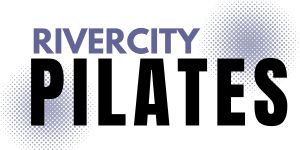
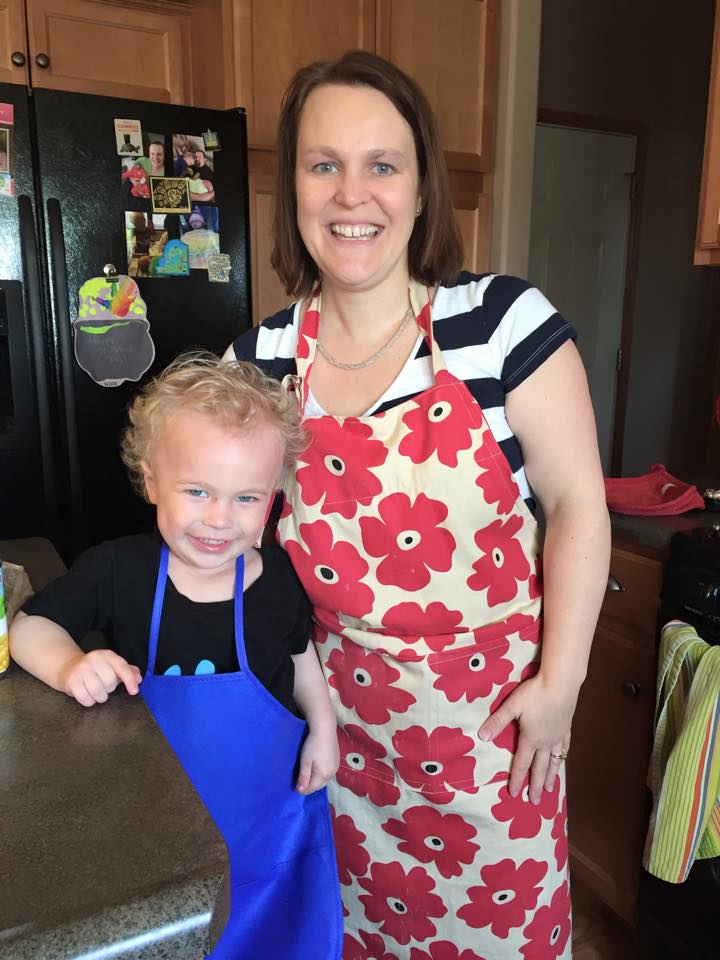
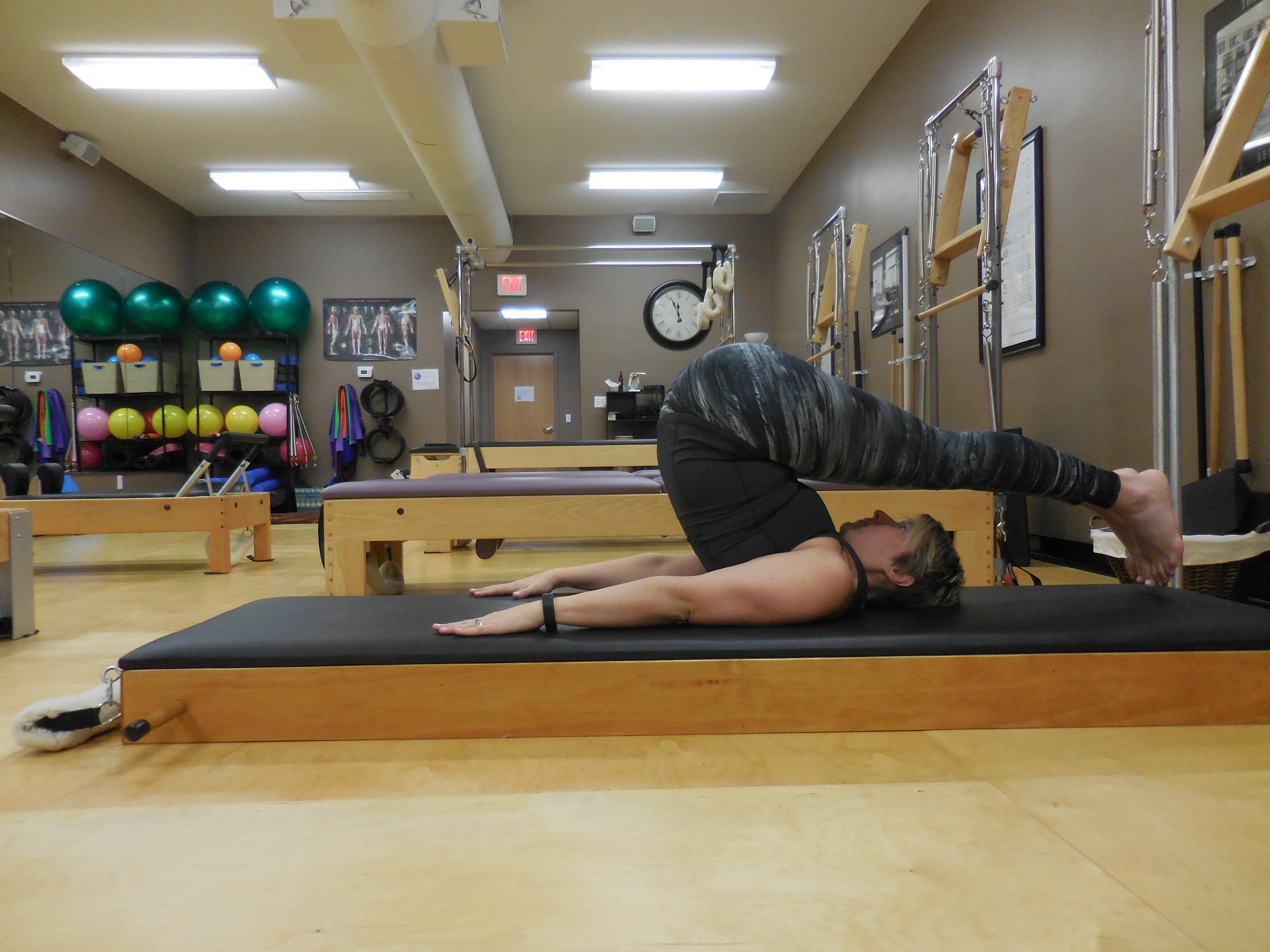
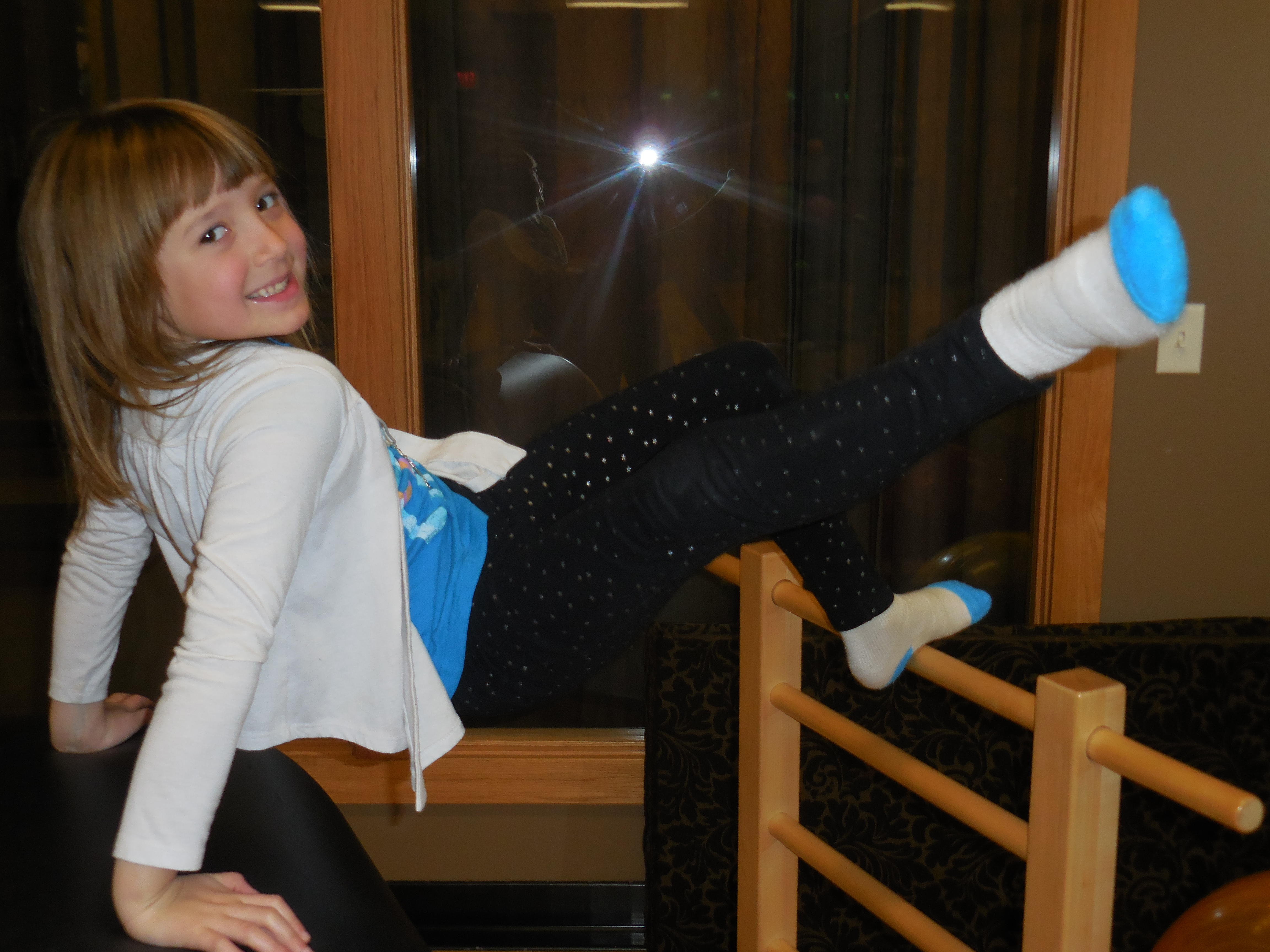

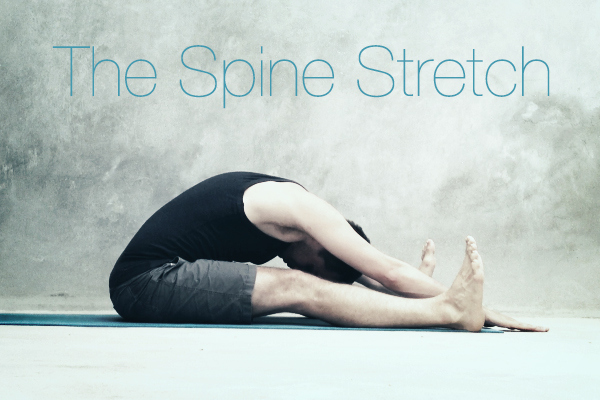
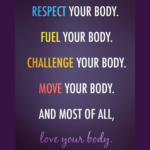

Leave a Reply
Want to join the discussion?Feel free to contribute!